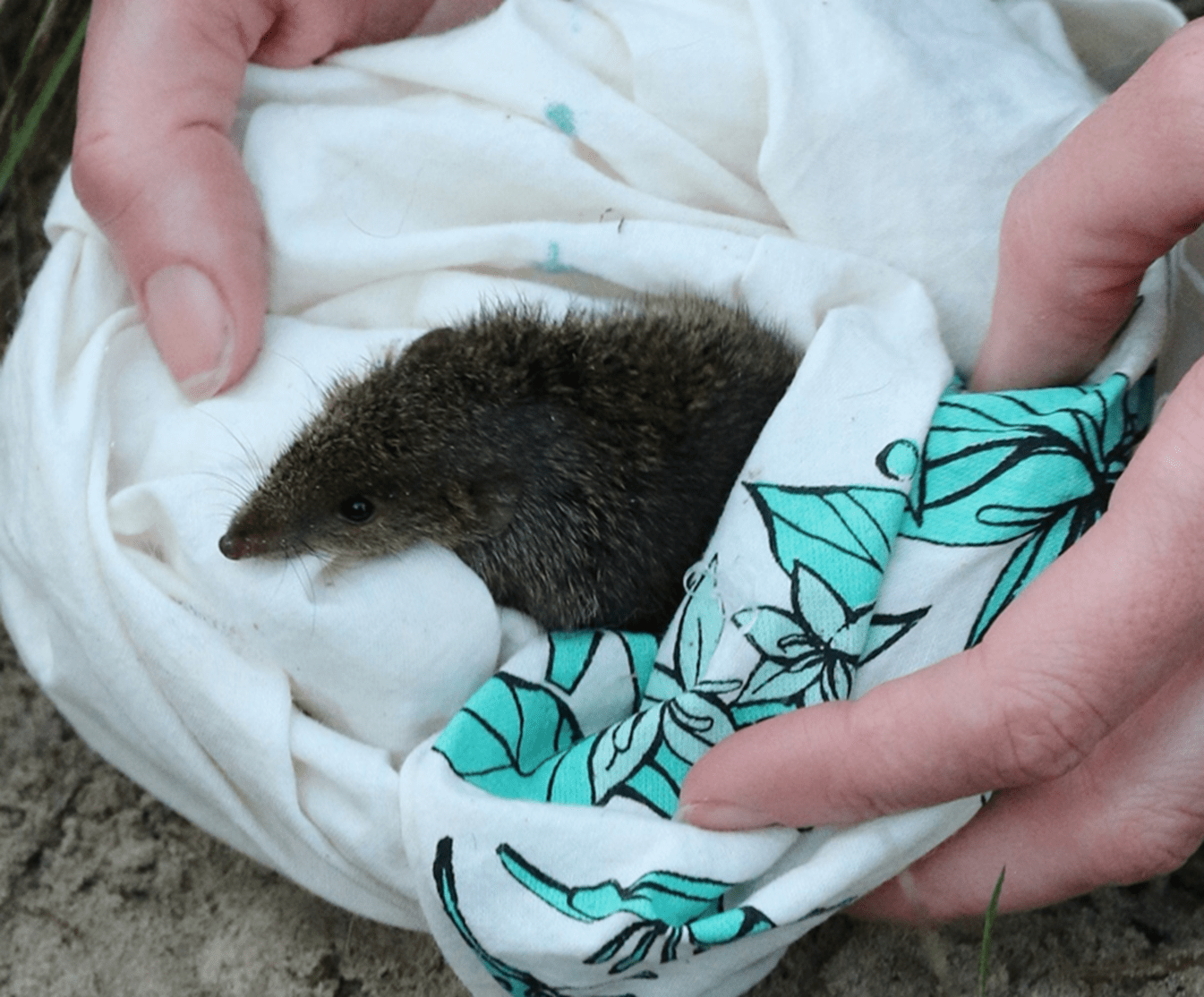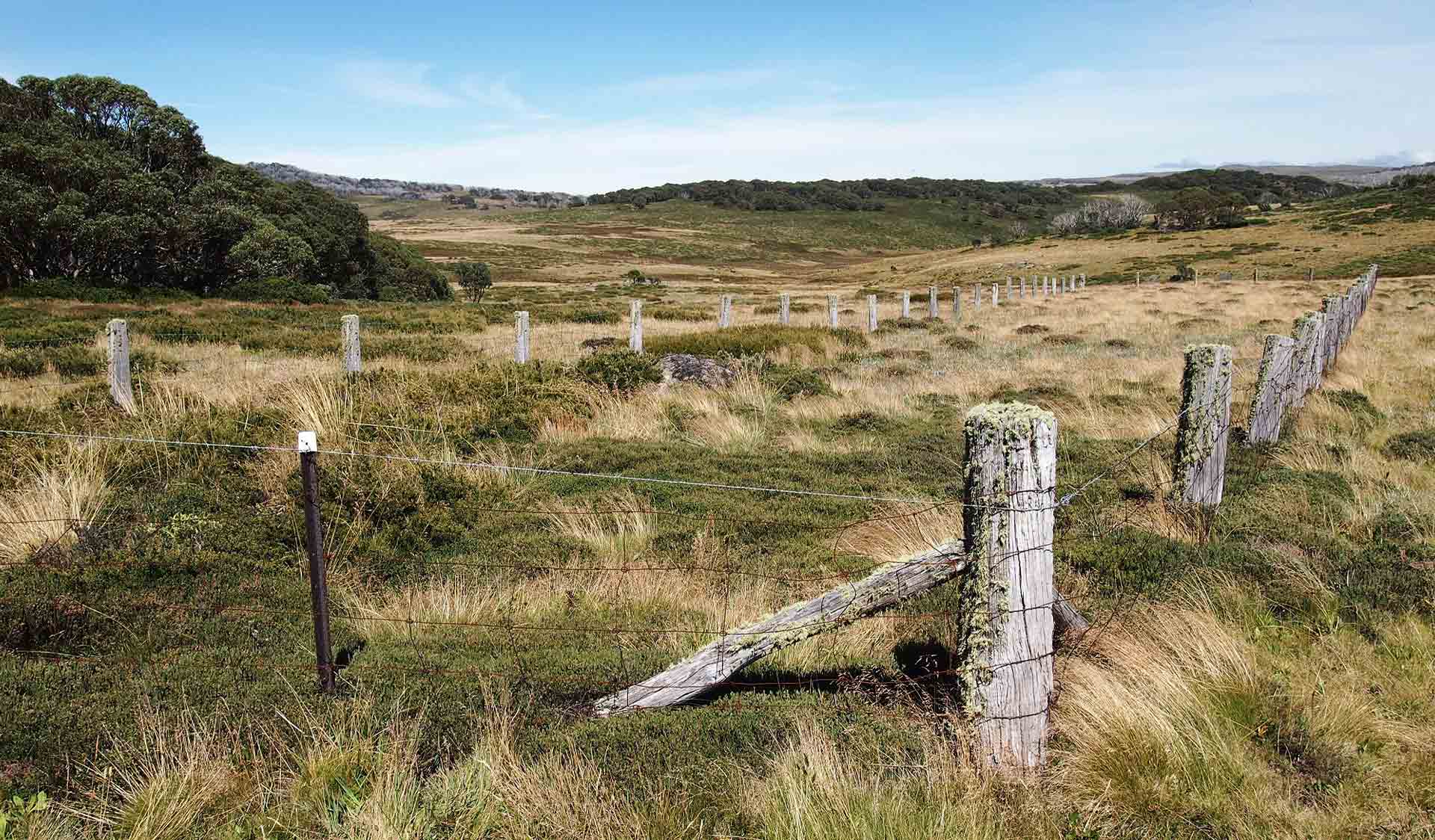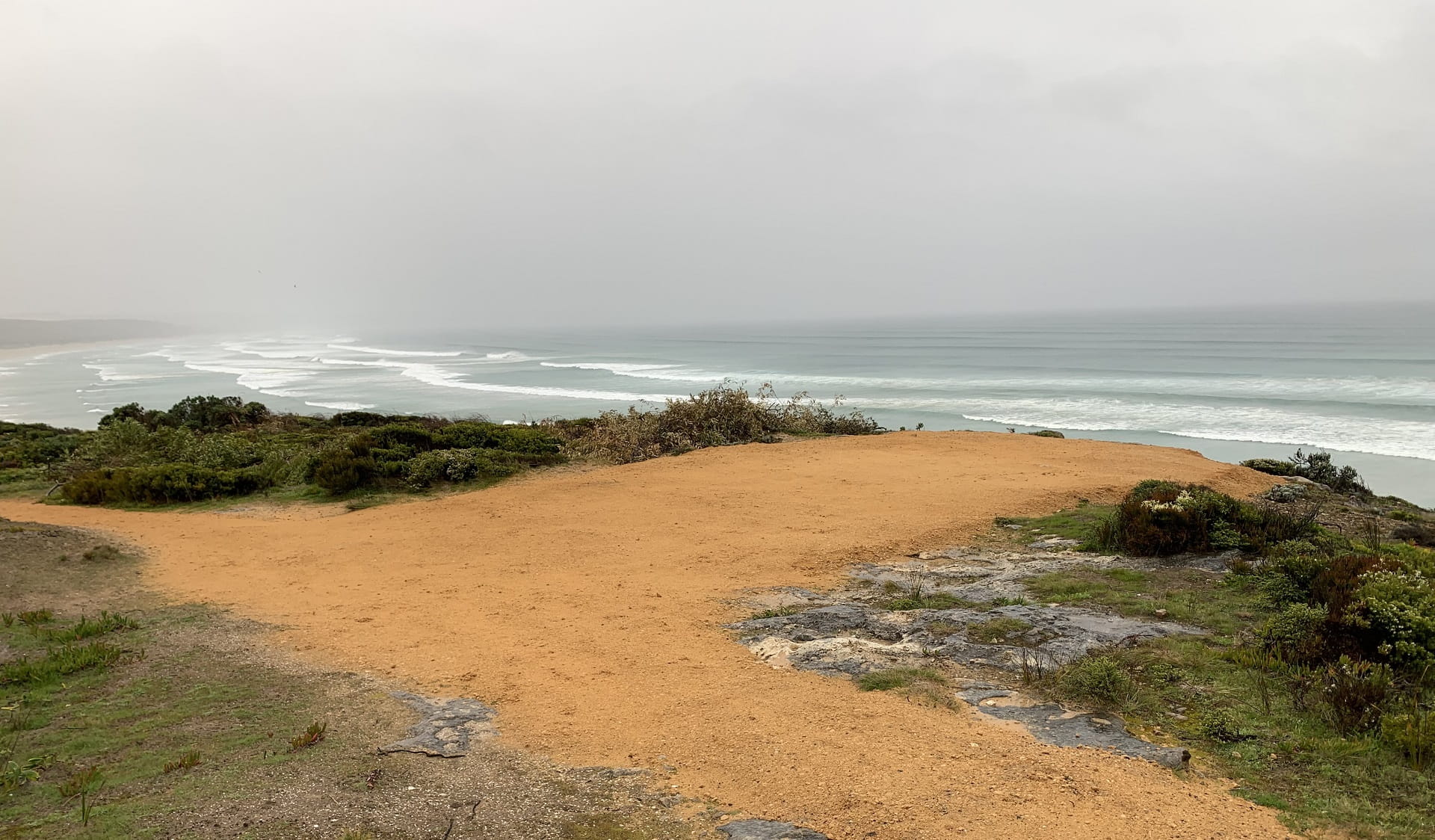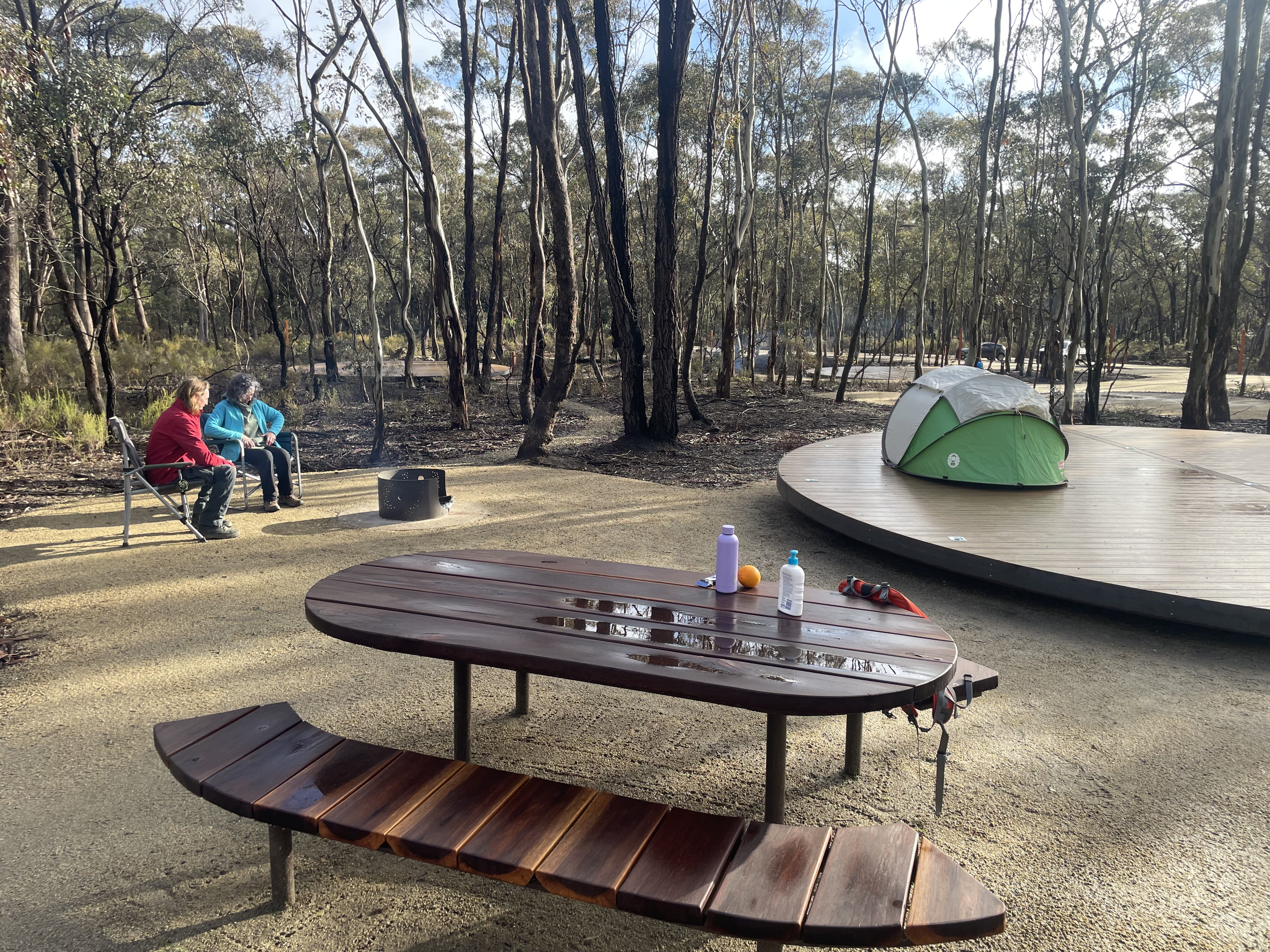Windswept islands in Wilsons Prom are a paradise for a marsupial with bizarre mating urge
Sunday 22 December, 2024
Overview
• Parks Victoria has led an expedition of rangers and scientists to two offshore islands in Wilsons Prom to investigate the genetics of the Swamp Antechinus.
• This conservation program underscores the importance of Parks Victoria’s Prom Sanctuary Project, which will see the area become a 50,000-hectare safe haven for Victoria's rich wildlife and habitats.
• Antechinuses have one of the most bizarre mating rituals in the animal kingdom, where the entire male population dies off within a three-week period.
At 11 months of age, the sex glands (testes) of virgin male Antechinus begin to disintegrate. This small, carnivorous marsupial has more than 10 recognised species across Australia. They mainly munch down on a range of insects but are in the same family as quolls and Tasmanian devils. They also have one of the most bizarre mating rituals in the animal kingdom that has confused scientists for the better part of a century.
Dr Mark Antos is the Manager of Biodiversity Science at Parks Victoria, and thinks these small, eager marsupials are one of the most fascinating species we have in Victoria: "This is the evolution of that really rare, life history strategy, where you get 50 per cent of the population dying in a few weeks".

One species known from Victoria is the Swamp Antechinus, which is heavily under threat.
Their populations have had huge range contractions in the last few centuries, mainly from habitat loss and predation from introduced predators (such as feral cats and foxes). Image credit: Mark Antos.

Gotcha! One of the sneaky individuals caught on this recent survey, peeking its snout and claws out.
In addition to other threats, altered fire regimes and the widespread effect of cinnamon fungus (that causes dieback in many native plants) is also to blame for many local populations going extinct on the mainland. Image credit: Emily Green.
Recently, Parks Victoria partnered with Zoos Victoria to set up surveys for this vulnerable species on two remote islands off Wilsons Promontory National Park. A crew of 11 biologists and rangers spent 3 days navigating the difficult terrain. Mark told us what excites him so much about these rocky outcrops: "Island biogeography is really interesting because it's basically nature's biology lab. Some islands are new, like the Prom islands. In effect, we're looking at hilltops of the Prom that have become marooned in the last 12,000 years by rising sea levels. When that happens, a whole heap of animals get trapped on these islands."
.png?h=1919&w=2897.5&rev=013d3da89d52481f9fed63b72ddab81c&hash=BEB0C0385AEA3E2A346EB81C76F8C389)
One of the animals marooned throughout the last ice age was the Swamp Antechinus, and their populations are booming on these islands.

Mark and the crew set up several lures with the hope of trapping a few Antechinuses. They had a catch rate greater than 50 per cent. Image credit: Jeremy Tscharke.

"These islands are literally crawling with animals. It's this quirk of island biogeography,” says Mark. Image credit: Jeremy Tscharke.

The scenery on these offshore islands was breathtaking, but difficult to get to.
"This is where the genetic analysis is fascinating because it might be the islands that need rescuing. They might be crawling with individuals but the genetic range might be tiny, whereas, on the mainland, we could have the direct opposite - we could have very few individuals, but they could have really diverse genetics. The two side by side really complement each other for a good, long term conservation strategy," says Mark. Image credit: Ruby Wicks.

Strong winds have carved out unique ecosystems on these islands.
Antechinuses are just one species that form part of Parks Victoria's long-term plan to protect and enhance the biodiversity on these Prom islands. Species such as the Broad-toothed Rat and Pookila (or New Holland mouse) are also being investigated. Image credit: Jeremy Tscharke.
This conservation program underscores the importance of Parks Victoria's Prom Sanctuary Project, which will see the area become a 50,000-hectare safe haven for Victoria's rich wildlife and habitats. These islands are off limits to the general public, in a bid to protect the unique plants and animal life from infestations of weeds and other animal pests that are usually brought along by accident.
But for the male Antechinus, the question still stands: Why undergo such an intense breeding frenzy?
There's something about ma... le Antechinuses
 An individual Swamp Antechinus is released after being caught in one of the traps. Image credit: Emily Green
An individual Swamp Antechinus is released after being caught in one of the traps. Image credit: Emily Green
For more information and updates about our latest discoveries, sign up for our new E-newsletter with Chief Scientist, Conservation and Climate Action, Dr Mark Norman.




